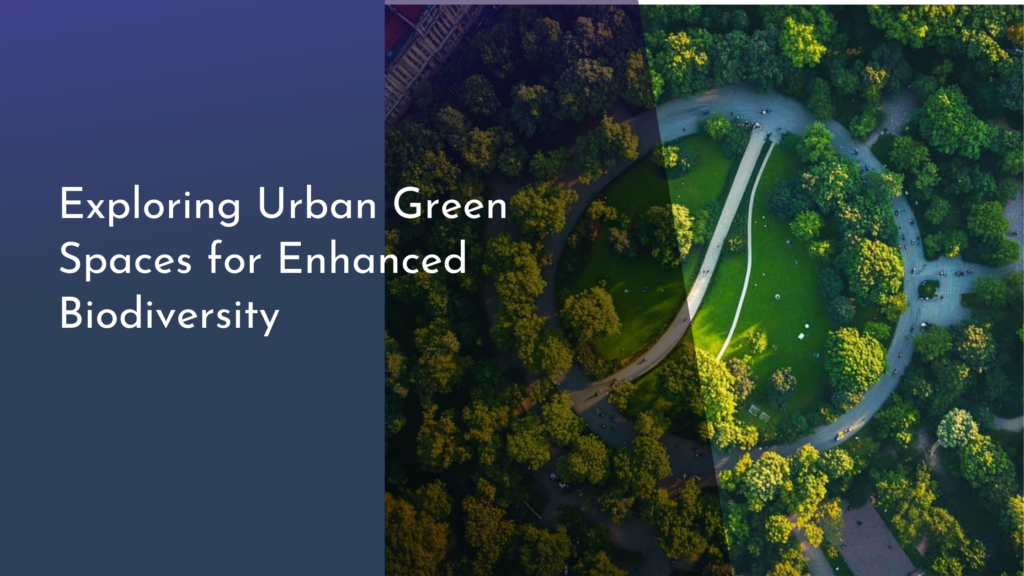The Role of Digital Twins in Urban Energy Optimization
As cities around the world continue to grow and evolve, the demand for sustainable energy solutions has never been more pressing. One of the most exciting advancements in this field is the concept of digital twins—virtual replicas of physical systems that can simulate, analyze, and optimize energy consumption. In an urban context, digital twins not only offer a glimpse into the future of energy management but also pave the way for smarter, more efficient cities. This article explores the role of digital twins in urban energy optimization, showcasing how they enhance efficiency, highlighting real-world success stories, and envisioning a greener urban future.
Understanding Digital Twins: The Future of Urban Energy
Digital twins are sophisticated digital representations of physical assets, processes, or systems, created to simulate their real-world counterparts in real-time. In the realm of urban energy, a digital twin can encompass an entire city or specific infrastructure, such as buildings, transportation networks, and power grids. By utilizing data from IoT devices, sensors, and predictive analytics, these virtual models enable city planners and energy managers to make informed decisions based on dynamic simulations rather than static models.
The integration of digital twins into urban energy systems presents a transformative opportunity. As cities strive to meet the increasing demands for energy while minimizing their carbon footprint, digital twins serve as a powerful tool for forecasting, managing, and reducing energy consumption. By visualizing energy flows and identifying inefficiencies, urban planners can implement changes that promote sustainable growth and enhance the quality of life for residents.
How Digital Twins Enhance Energy Efficiency in Cities
The implementation of digital twins significantly enhances energy efficiency by providing real-time analytics and insights into energy usage patterns. By creating a comprehensive model of urban energy consumption, city officials can pinpoint areas where energy is wasted and develop strategies to optimize usage. For instance, a digital twin of a city’s electrical grid can simulate various scenarios, allowing energy providers to anticipate peak demand periods and adjust supply accordingly, thereby reducing strain on the system.
Moreover, digital twins facilitate predictive maintenance, which can lead to substantial energy savings. By monitoring the health of equipment and infrastructure, such as HVAC systems or streetlights, cities can identify potential failures before they occur and schedule maintenance at optimal times. This proactive approach not only saves energy but also reduces costs associated with emergency repairs and downtime, ultimately contributing to a more resilient urban energy landscape.
Real-World Success Stories of Digital Twin Innovations
Cities around the globe are already reaping the benefits of digital twin technology in their energy optimization efforts. For example, Singapore has implemented a comprehensive digital twin of its urban environment, known as Virtual Singapore. This platform allows city planners to analyze energy consumption across different districts, facilitating more efficient allocation of resources and enhancing sustainability initiatives. By visualizing the impact of proposed changes, the city can make data-driven decisions that positively affect energy conservation.
Another remarkable case is that of Helsinki, which uses digital twins to optimize its district heating system. By analyzing real-time data from the digital twin, energy providers can adjust the heating supply based on the actual demand, leading to significant reductions in energy waste. This innovative approach has not only improved energy efficiency but has also made Helsinki a leader in sustainable urban energy management, demonstrating the transformative potential of digital twin technology.
Embracing Digital Twins for a Greener Urban Future
As cities face the dual challenges of rapid urbanization and climate change, embracing digital twins is crucial for building a sustainable future. By integrating this technology into urban planning and energy management, cities can harness valuable insights that drive efficiency and sustainability. Furthermore, the collaborative nature of digital twins encourages engagement among stakeholders, including government agencies, energy providers, and the community, fostering a sense of shared responsibility for energy use and environmental stewardship.
Looking ahead, the potential for digital twins in urban energy optimization is vast. As technology continues to advance, we can expect even more sophisticated models that incorporate AI and machine learning, enhancing predictive capabilities and driving further efficiencies. By committing to the widespread adoption of digital twins, cities can take significant strides toward achieving their sustainability goals, creating vibrant urban environments that thrive in harmony with nature.
In conclusion, digital twins emerge as a beacon of hope for urban energy optimization, offering innovative solutions to complex challenges faced by cities today. As we witness successful implementations around the world, it becomes evident that this technology is not just a trend but a transformative force for good. By embracing digital twins, urban centers can pave the way for a greener, more efficient future—one where energy is utilized wisely, and the well-being of residents and the planet is prioritized. The future of urban energy is bright, and with digital twins leading the way, we can look forward to thriving cities that honor both people and the environment.

